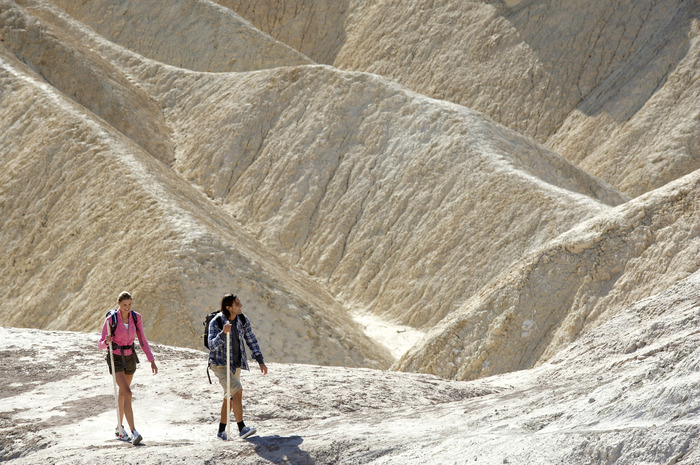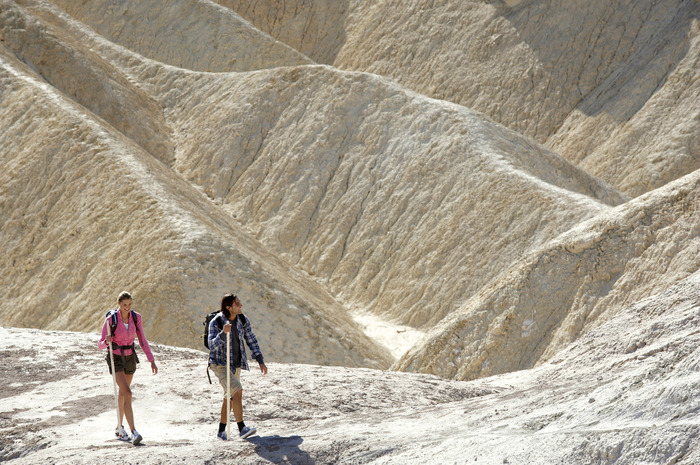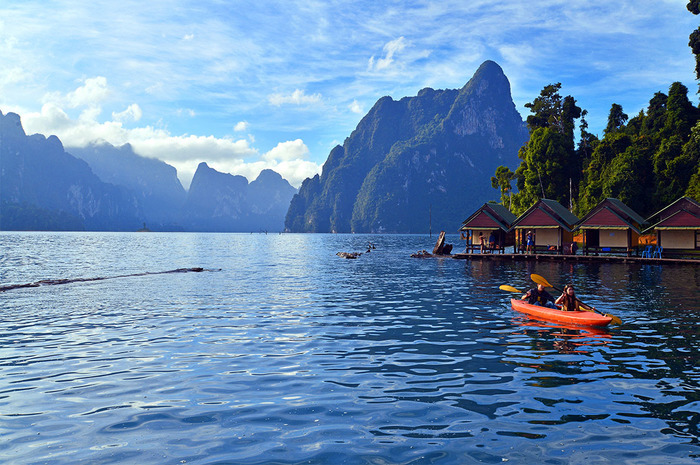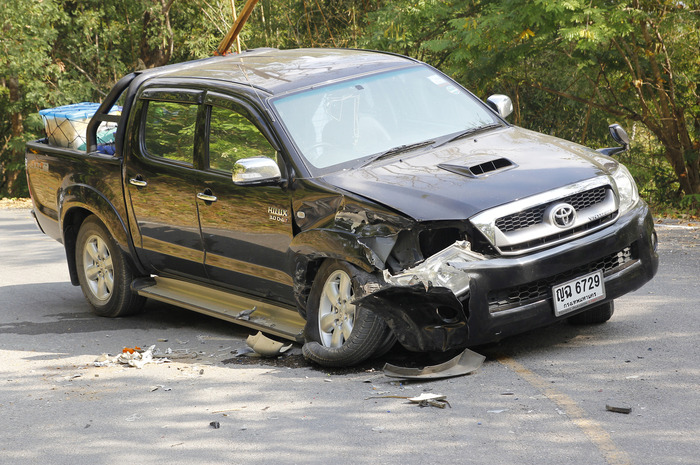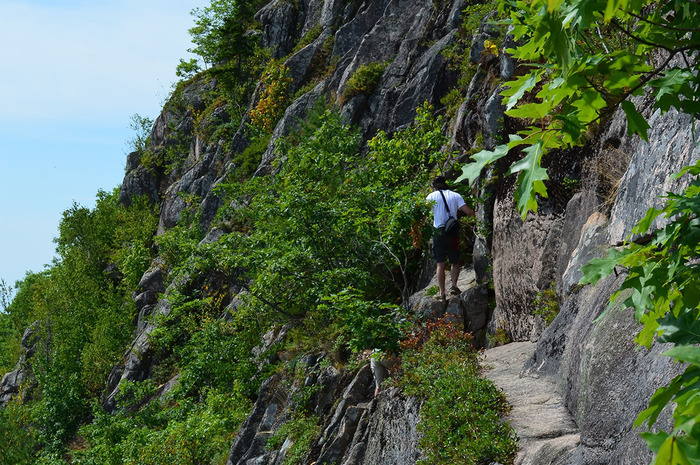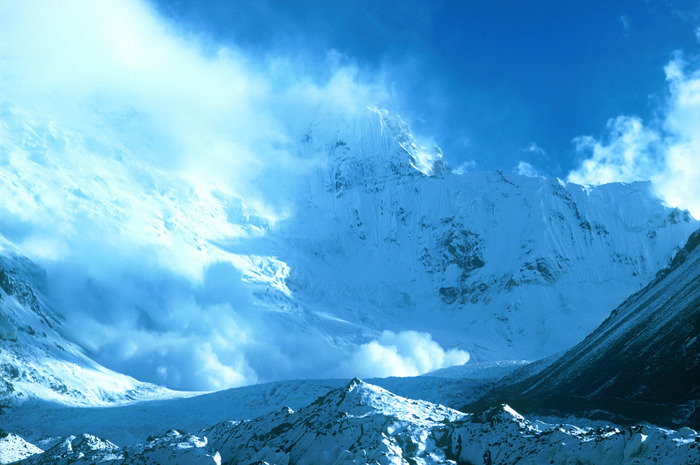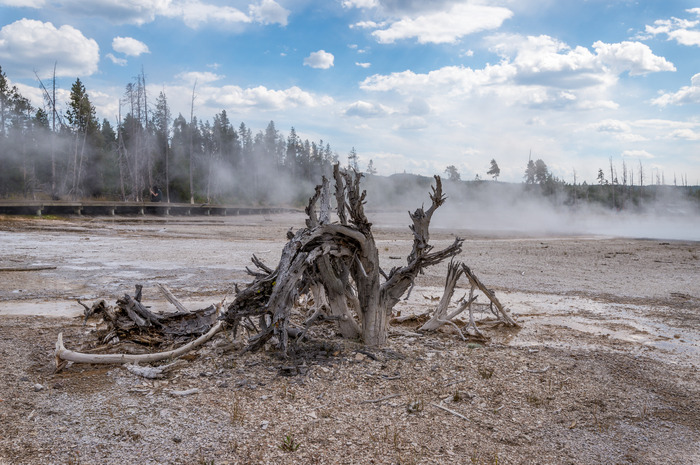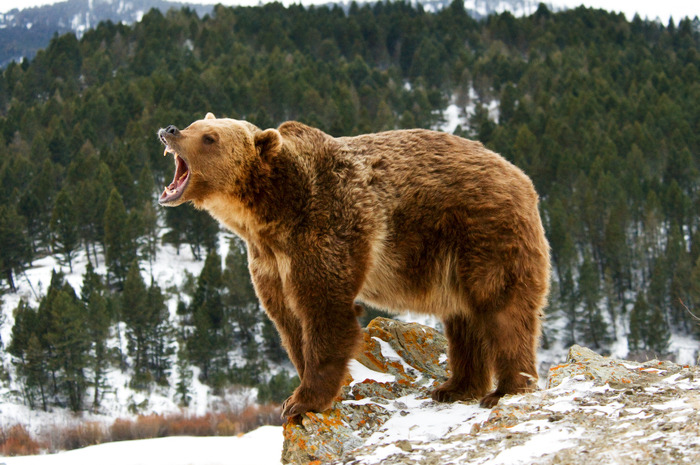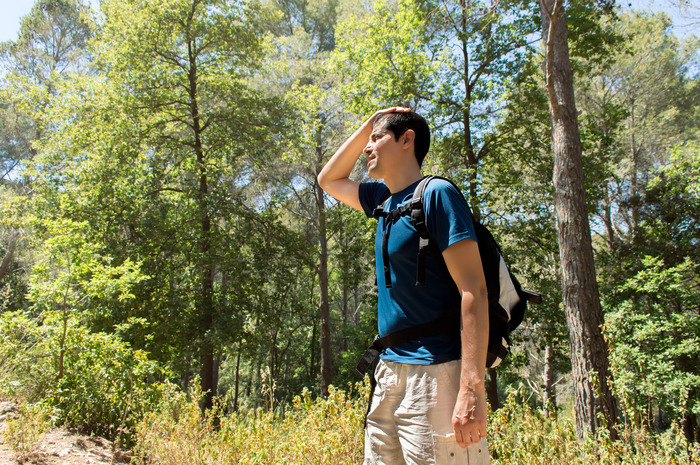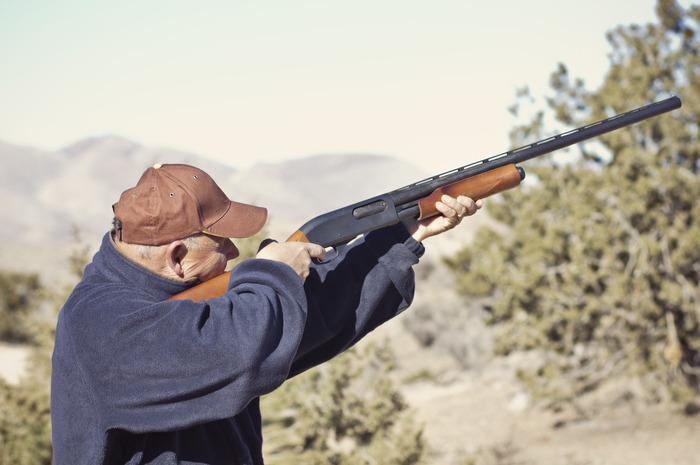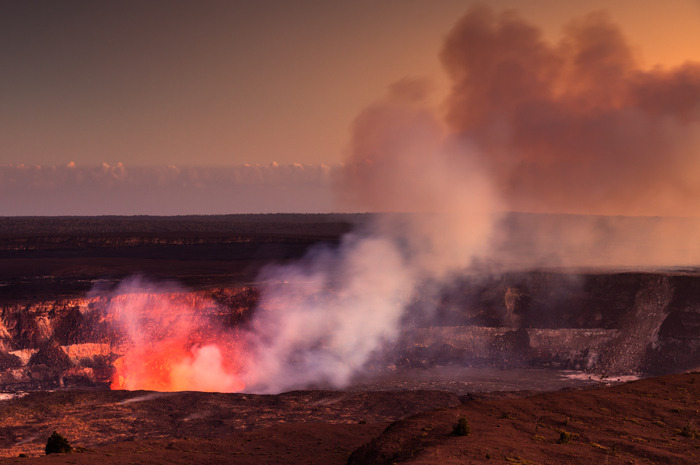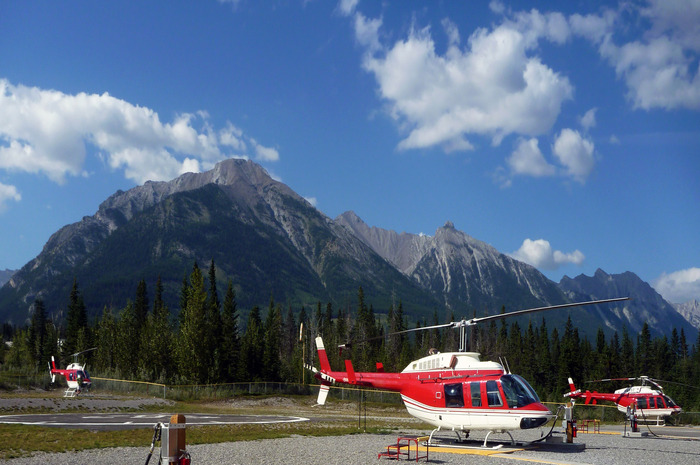How Many People Die In The National Parks And How?
How Many People Die in the National Parks and How?
Overall, the risk of being injured or killed while visiting a national park is very low, according to the National Park Service. "For example, when looking at fatality rates during the 2007-2013 timeframe, the average rate is 0.57 deaths [per] 1 million visits," said Jeremy Barnum, public affairs officer at National Park Service. Between 2007 and 2013, in all 59 parks, there were 1,025 fatalities. On average, approximately 160 visitors per year die while visiting national parks.
Drowning
Drowning is by far the most common cause of death in national parks. The number of fatal accidents while swimming has increased every year, from 32 in 2007, 31 in 2008, 41 in 2009, 42 in 2010 and 2011, and 45 in 2012, to 59 in 2013. The total number of drownings over this seven-year period, including boat, kayak and rafting drowning, is 365. Only seven of these deaths were the result of rip currents.
Motor Vehicle Crash
National parks may not have crowded streets or busy highways, but reckless drivers can be found everywhere. A total of 143 people died as the result of a car crash between 2007 and 2013, and 42 of the victims were on a motorcycle. There were six fatalities involving bikers and seven involving pedestrians.
Falling/Slipping
Falling and slipping while hiking is the third most common cause of death in national parks; 169 people died between 2007 and 2013. There were four fatalities in which a falling tree hit by lightning killed someone and five cases in which falling rocks or ice caused deaths. Falls are a real concern on the Precipice Trail in Acadia National Park, because steep drops and open cliffs make the walk very tricky.
Nature/Environment
Believe it or not, extreme weather such as flash floods and lightning, which can only be blamed on Mother Nature, caused the least number of deaths between 2007 and 2013 — only eight. Other environment-related incidents, such as heat illness, cold exposure, and avalanche, killed the most — 26, 19, and 33, respectively. This suggests that people are not well-prepared when going into the wilderness, even in the event of an avalanche. Shouting and loud noises don't cause them; they are usually triggered by weight — a person walking in the wrong spot or a strong wind is enough to do the trick.
Poisoning
Carbon monoxide had been the cause of two deaths in national parks, and drugs and alcohol have been the cause of three. The cause of one death is yet to be determined. That's six poisonings in seven years.
Wildlife/Animal
One of the many reasons people visit national parks is to spot wildlife. But for some people, getting a little too close may just be their last encounter ever. Six people have died due to wildlife and animals. The most common cause of death was the grizzly bear, while others were mountain goats and snakebites.
Pre-Existing Conditions Exacerbated by Exercise
If you have a pre-existing medical injury or condition, you should think twice about doing too much strenuous activity in the national parks. There have been 31 deaths from pre-existing medical injuries exacerbated by exercise. Some of these included horseback riding, skiing, and unintentional electrocution.
Firearm (Unintentional)
Although they are not the most common cause of deaths, unintentional firearm accidents still call for concern. Altogether, there have been five deaths related to firearms, two of which happened in 2008.
Unknown
There have been way too many unfortunate deaths in which the causes were unknown — 72 to be exact: seven in 2007, 15 in 2008, six in 2009, three in 2010, five in 2011, seven in 2012, and a whopping 29 in 2013.
Other Transport Crash
Plane crashes have killed 29 people between 2007 and 2013, the most in the "other transport crash" category. Second is boat accidents (10 fatalities), followed by bicycle-only crashes (eight), and Jet Ski and train accidents (three). One person died from a trolley mishap. The NPS has pilots in 14 larger parks in the Lower 48 and Alaska and operates 44 aircrafts. Of those 44 aircrafts, NPS owns and operates 26 airplanes and helicopters as part of its fleet program.
